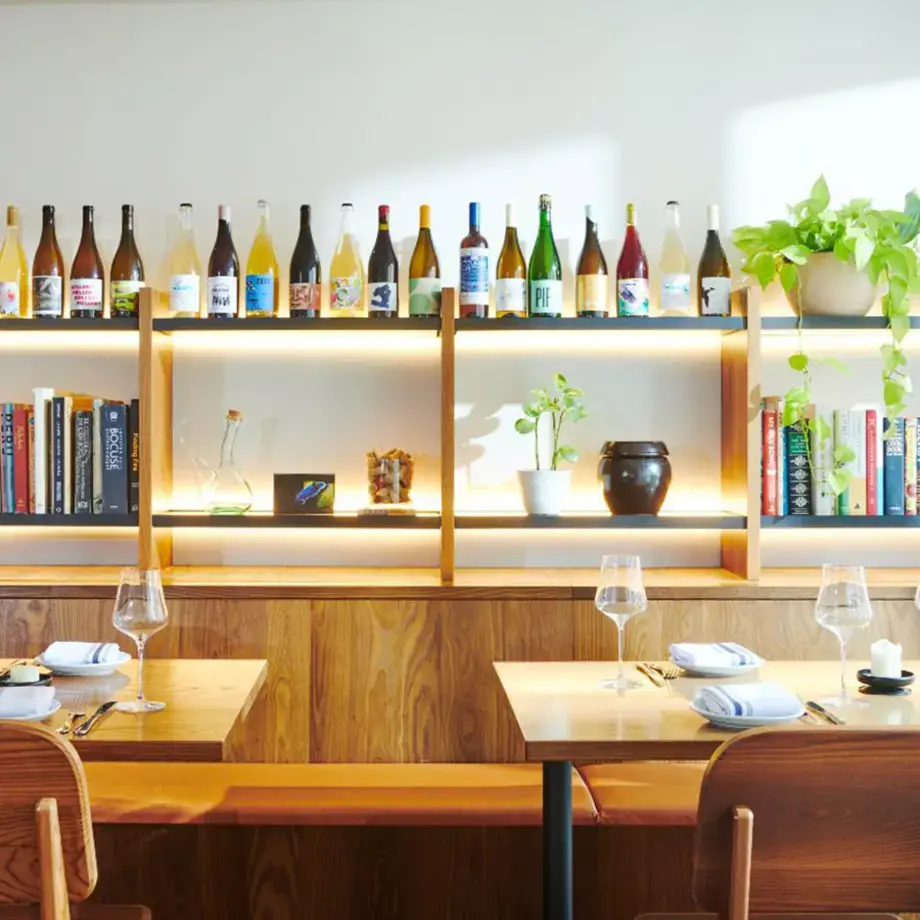Flavours that fill your mouth, loud colours, stews, soups, spreads of vegetable sides, funky, salty, fermented and sweet, Korean cuisine is one of the most vibrant in the world. We've rarely come across a person who didn't take a liking to Korean food, even if we might have had to take them through gently for their first K-dinner experience (kimchi stew - no; bibimbap, bbq - yes).
Was it Roy Choi with his Kogi taco truck rolling around in sunny California that gave Korean food, albeit an Americanised version, the push it needed to enter into the mainstream? Or is the more recent rise of Korean American chefs branching out in their fine dining kitchens to explore the cuisine closer to their roots? Whatever it was, the fact that Guy Fieri's Korean barbecue wing sauce is sold in American supermarket shelves says it all: most of you know Korean food. And you like it.
10 Traditional Korean dishes to try
So you might want to recreate these Korean flavours at home. But trying your hand at a whole new culture of food is no walk in the park, and we're here to help. Before you attempt any Korean recipe, read this guide to the essential pantry items for this cuisine. Consider them as your key ingredients that you will reach for time and time again in any Korean recipe. It all starts here.















